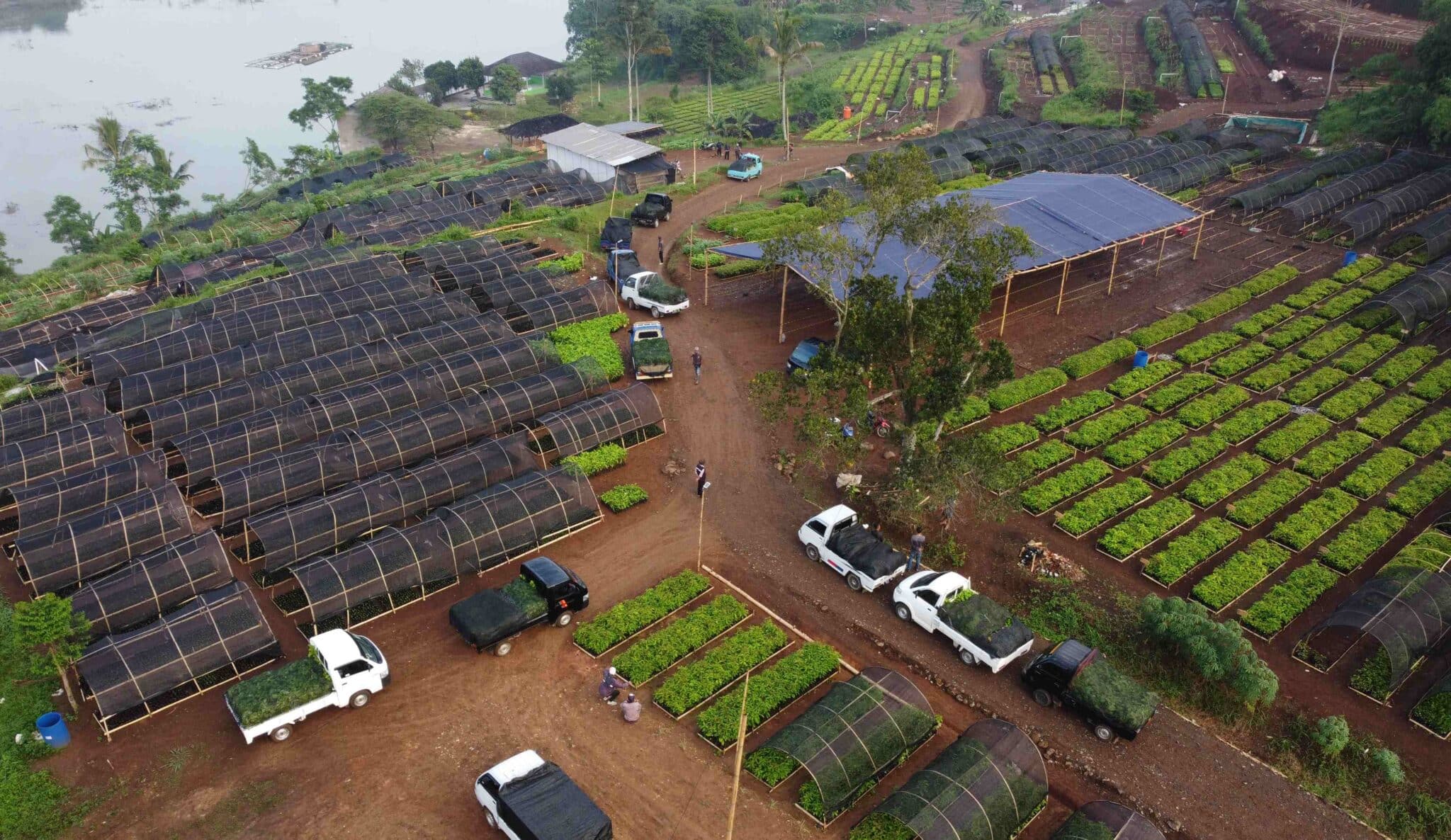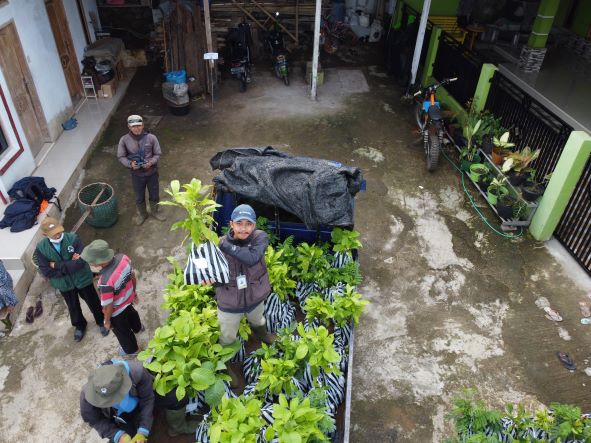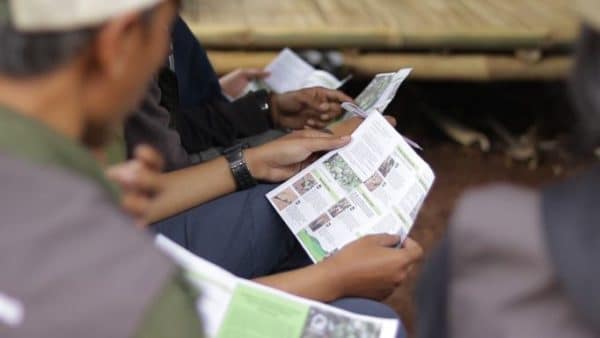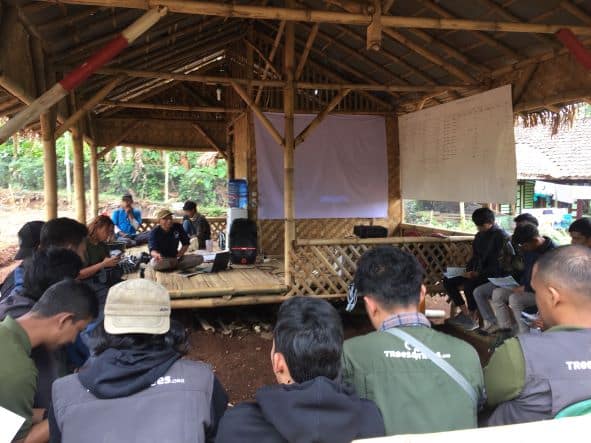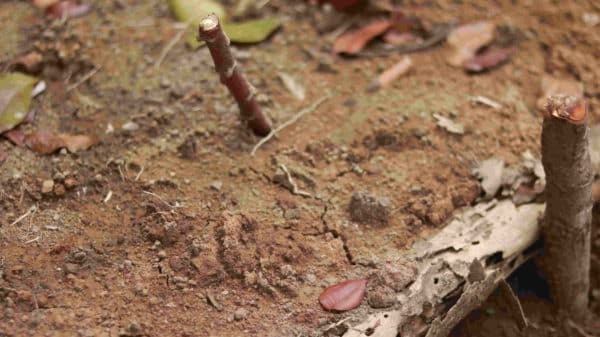A Watershed Moment: Planting Begins at the Citarum River

In 2018, the Citarum became famous for all the wrong reasons, when an environmental survey and medias reported it as the ‘World’s Dirtiest River’. In response, the Indonesian government decided it was high time to implement a comprehensive renewal program for the region. Now, with the help of Trees4Trees, the Citarum is ready to be reborn.
Working closely with the Government of Indonesia and One Tree Planted, and with funding from AstraZeneca, Trees4Trees has started an ambitious reforestation program in the Citarum watershed. A key part of our 2022 planting season, the project will plant a minimum of 10 million trees by 2025.
But how can trees help clean the world’s dirtiest river? What is being done to tackle the problem? And what is the bigger picture for environmental recovery in the region? Trees4Trees has the answers.
Five Facts: A Closer Look at the World’s Most Infamous River
- The Citarum is the longest river in West Java, stretching 185 miles (297 km)
- It runs from Bandung, via Jakarta, to the Java Sea
- It provides electricity to most of Java and Bali
- Pollution comes from household, livestock, industry, agriculture, and fisheries waste
- The river contains dangerously high levels of lead, aluminum, manganese and iron
What are the Impacts of all this Pollution?

Studies by Indonesia’s Ministry of Environment and Forestry have revealed that pollution in the Citarum not only affects the river – the damage also extends to the surrounding landscape. This area, known as the Citarum watershed, supports hundreds of thousands of livelihoods.
Restoring the Citarum Watershed
The Citarum watershed covers degraded areas of 77,024 hectares in West Java with various problems like erosion and sedimentation occurring, dry soil, clean water shortages, and more. Over the years, the Indonesian government has been working to restore critically degraded lands in this region, which have been in steady decline.
“The Citarum watershed is a priority area in Indonesia for recovery,” explains Muhammad Silmi, from the West Java Forestry Service. “The collaboration of government with various elements in society is very helpful in accelerating the recovery effort,” he added.

Taking a Root-and-Branch Approach to Pollution
So how can trees help with this recovery? In the short term, the reintroduction of forests along the banks of the Citarum River can help to increase water retention and reduce surface runoff during the heavy rains that hit West Java during the monsoon. This can dramatically reduce the amount of trash flowing into the river.
Looking to the future, a sturdy network of tree roots can also help bind soils together, preventing erosion and returning valuable nutrients to the earth. Healthy trees also store carbon, provide shelter for wildlife, and offer livelihood opportunities to local people.
Read also: Putting Down the Roots: Trees4Trees Planting Season 2022
‘A Green Movement’: The Trees4Trees Planting Program
The cleaning and greening process has already begun. With funding from AstraZeneca, and support from One Tree Planted, we are engaging more than 38,000 farmers in an area spanning 22,000 hectares of the Citarum watershed. Here, we aim to plant 12 million trees in the next three years, with a minimum of 10 million expected to survive past project completion in 2025.
“Trees4Trees will plant more than 10 million trees in the Citarum Basin by 2025”
Since 2020, we have already planted 1.2 million trees in tributary watersheds such as Ciwidey, Cisangkuy, and Cirasea. By focusing on private land, the program complements similar government schemes already underway in national forests.
“With the (Trees4Trees) program, we can collaborate and involve West Bandung residents to make a green movement for Citarum rehabilitation,” says Sanawinarti, a representative of the West Bandung Regency Environmental Service. “We are really thankful to this program,” she added.
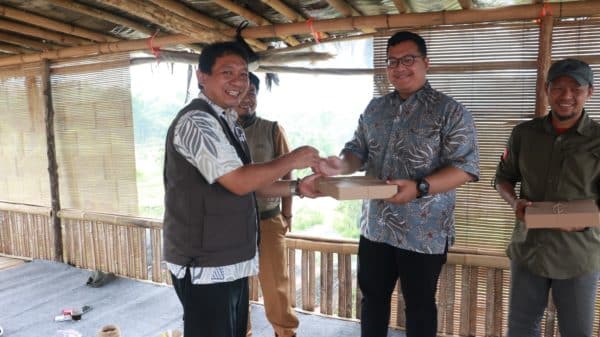
Turning Over a New Leaf: The 2022 Planting Season
On November 24, Trees4Trees kicked off the 2022 planting season in the Citarum river watershed. Since then, more than 1.7 million seedlings have been distributed in the project areas.
In December, we also celebrated the official opening of a new Trees4Trees nursery: the Ciminyak Nursery in Cililin Regency, West Bandung, which became our second nursery in the Bandung area (the other being Arjasari).
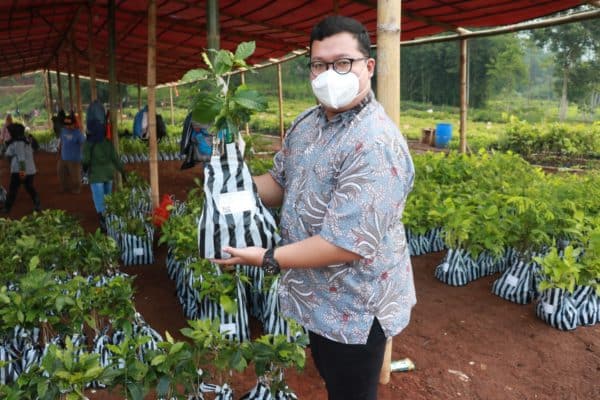
“We hope these seedlings will grow well,” said Muhammad Rizki Fauzan, a representative from AstraZeneca Indonesia in a statement during the opening ceremony. “AstraZeneca also hopes that Trees4Trees will continue collaborating with locals and the Forestry Service in the Citarum rehabilitation effort,” he added.
With the support of local farmers, growers, communities, and government officials, Trees4Trees will continue working to rehabilitate the Citarum watershed. Through collaboration and commitment, we will keep striving to reach our target of 10 million trees by 2025. For now, the future’s looking greener already.
Writer: V. Arnila Wulandani. Editor: Christopher Alexander.

